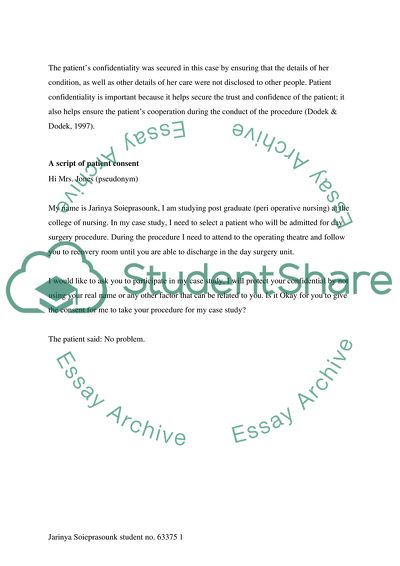Cite this document
(Recovery to Discharge Patient Management: Hystroscopy Dilatation and Case Study, n.d.)
Recovery to Discharge Patient Management: Hystroscopy Dilatation and Case Study. Retrieved from https://studentshare.org/medical-science/1740841-case-anlysis-intraoperative-phase-and-stage-2-recovery-to-descharge
Recovery to Discharge Patient Management: Hystroscopy Dilatation and Case Study. Retrieved from https://studentshare.org/medical-science/1740841-case-anlysis-intraoperative-phase-and-stage-2-recovery-to-descharge
(Recovery to Discharge Patient Management: Hystroscopy Dilatation and Case Study)
Recovery to Discharge Patient Management: Hystroscopy Dilatation and Case Study. https://studentshare.org/medical-science/1740841-case-anlysis-intraoperative-phase-and-stage-2-recovery-to-descharge.
Recovery to Discharge Patient Management: Hystroscopy Dilatation and Case Study. https://studentshare.org/medical-science/1740841-case-anlysis-intraoperative-phase-and-stage-2-recovery-to-descharge.
“Recovery to Discharge Patient Management: Hystroscopy Dilatation and Case Study”, n.d. https://studentshare.org/medical-science/1740841-case-anlysis-intraoperative-phase-and-stage-2-recovery-to-descharge.


